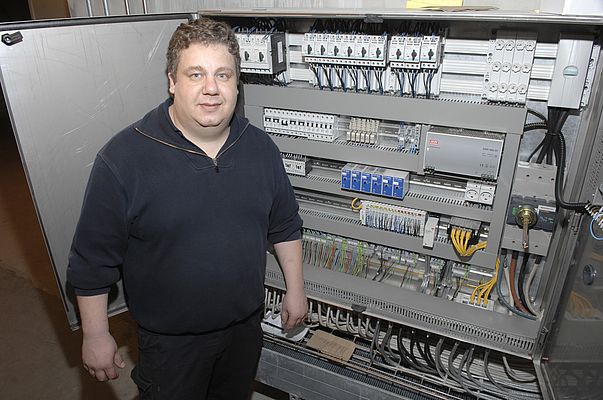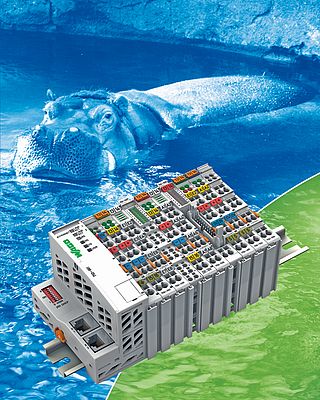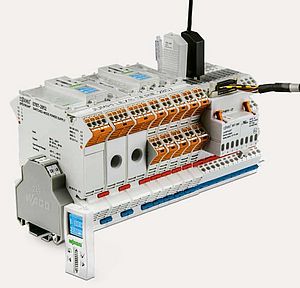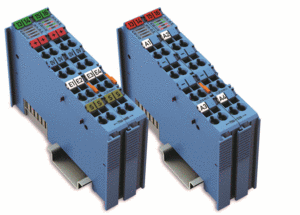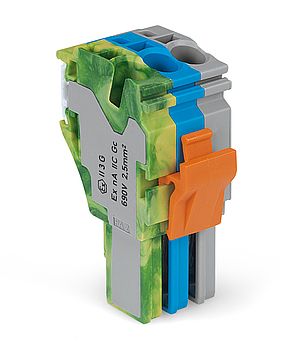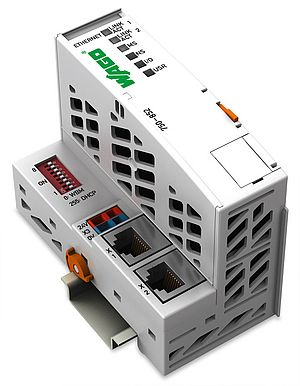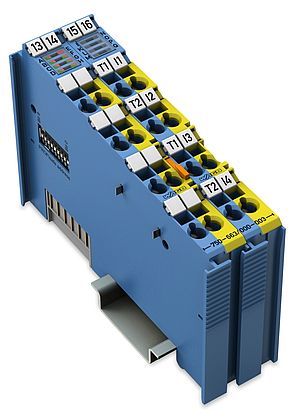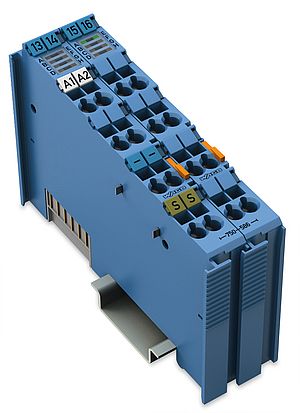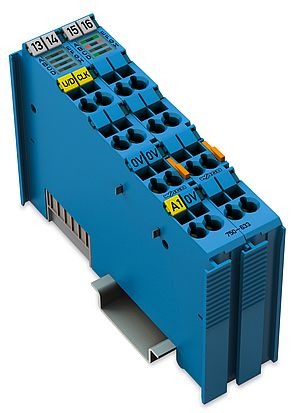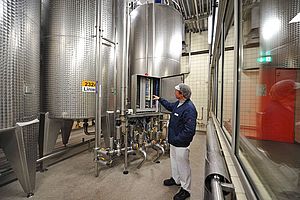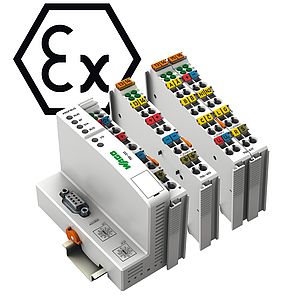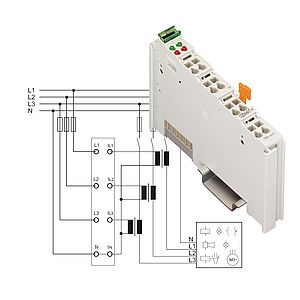The water treatment plants in the Copenhagen Zoo are centrally controlled by I/O nodes. Flow, temperature, pressure and level sensors monitor the purification through sand filters, membrane filters and the treatment by ozone addition and ultraviolet radiation.
The Copenhagen Zoo has put two impressive facilities in operation: one that cleanses the hippos’ water, the other the elephants’ water. The elephants in the Copenhagen Zoo are much better since the spring of 2008, the hippos for almost a year now. A total of EUR 47 million was invested to clean the animals’ water.
The money was provided in part by foundations that donate their assets for the benefit of the largest zoological garden in Denmark. The Hippos defecate in the water, making it cloudy and non-transparent and obstructing the public‘s view of the animals weighing tons through the transparent tank wall. For this reason, a water treatment plant was installed, which cleans 400 tons of dirty hippo water per hour.
The water is first roughly cleaned in a drum filter and then runs through several sand filters, where the impurities are sifted out. “The process is typically that of a drinking water purification process“, says project manager Michael Heide of Micmatic in the Jutland town of Ans.
Micmatic specializes in control systems, including water treatment. However, it was a great challenge even for Micmatic when they were entrusted with the installation of the entire high-voltage power and the process control for the new home of the elephants and hippos. The water is initially cleaned by coarse sand filters, then it runs through a membrane filter (reverse osmosis), then ozone is added and then it is finally cleaned by ultraviolet radiation to remove the last impurities and bacteria.
Network communications
The plant in the elephant‘s house is only about half the size of the plant in the hippos home. In both houses, Micmatic selected an Ethernet-based solution, in which the main cabinet is equipped with HMI panels and PLC, which are producing the communication to the remote WAGO-I/O-SYSTEM. Each Ethernet station is linked to flow, temperature, pressure and level sensors. The I/O nodes are located in the main panel next to the control panel and the PLC.
Communication is at 100 Mbit/s via an Ethernet network. The WAGO I/O modules are known for their high reliability, because they also have the demanding marine approvals such as from the Germanischer Lloyd. Analog and digital I/O modules can be “mixed“ and communicate directly with the master PLC. Each I/O module is only 12mm wide and there is a variety of more than 300 different modules.
Wells and containers
Compared to the hippos, elephants do not swim in the water, but they need plenty of water for drinking and must be washed regularly. The zoo has permission to take surface water from a well, treat it traditionally as any waterworks water and store it in a tank. Pipe conduits go to various removal points from the tank, such as for watering the garden and for washing the elephants.
″Every delivery point is monitored, the consumption is recorded and stored on a standard CF card“, says Michael Heide. The control cabinet in the elephant house is also based on Ethernet technology and is equipped with WAGO I/O nodes. According to Michael Heide, maximum flexibility is thereby ensured. For this reason, the Ethernet I/O modules are also used in the new water treatment plant of the Lalandia leisure park on Lolland.
Text and photographs by Jørgen Jensen
Centrally controlled water treatment
in the Copenhagen Zoo
- by WAGO Kontakttechnik GmbH & Co. KG
- March 28, 2011
- 17032 views


